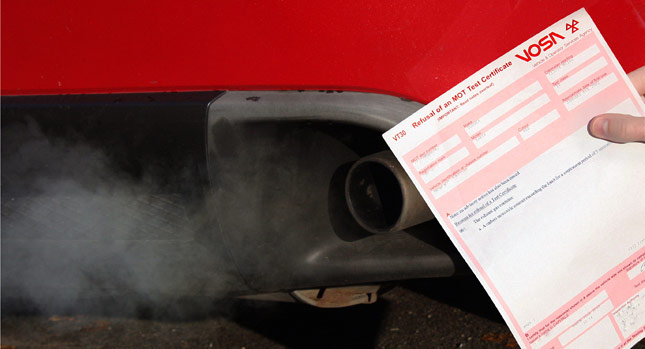Recent MOT test data from the United Kingdom shows that excess exhaust emissions levels account for more than a quarter (26.2 percent) of all MOT failures. What’s more interesting is that, petrol (gasoline) cars more likely to fail meeting the required emissions standards (9.7 percent) than diesel-engined cars (3.9 percent).
So why is there such a big difference between petrol and diesel cars? “There are a number of possible explanations for the marked difference in MOT emissions failure rates between petrol and diesel cars,” explains Bruce Ellis, research and development manager at Redex, a maker of additive products that evaluated the data that is submitted to the Vehicle Operator and Services Agency (VOSA) by every MOT test facility in the UK.
“These include the different driving cycles that traditionally are undertaken. Namely, petrol cars are more likely than diesels to be chosen for frequent shorter, urban trips, whereas diesels are more likely to be chosen if the vehicle is to be commonly used for longer, motorway-based journeys. Also, diesels operate at lower engine speeds and are therefore a little less stressed than higher revving petrol motors,” Ellis says.
However, while these factors do make a difference, the biggest one is the MOT test itself, he adds.
“Petrol cars are assessed for a high number of gases and hydrocarbons in the exhaust emissions, while diesels are tested only for smoke levels. This means that relatively speaking, diesels probably have an easier emissions test than petrol-engined cars,” Ellis explains.
That may be happening now, but the future doesn’t sound so good for diesels.
Analyzed data covers 47.97 million MOT tests taken during the full year of 2010 and the first nine months of 2011.
By Dan Mihalascu





